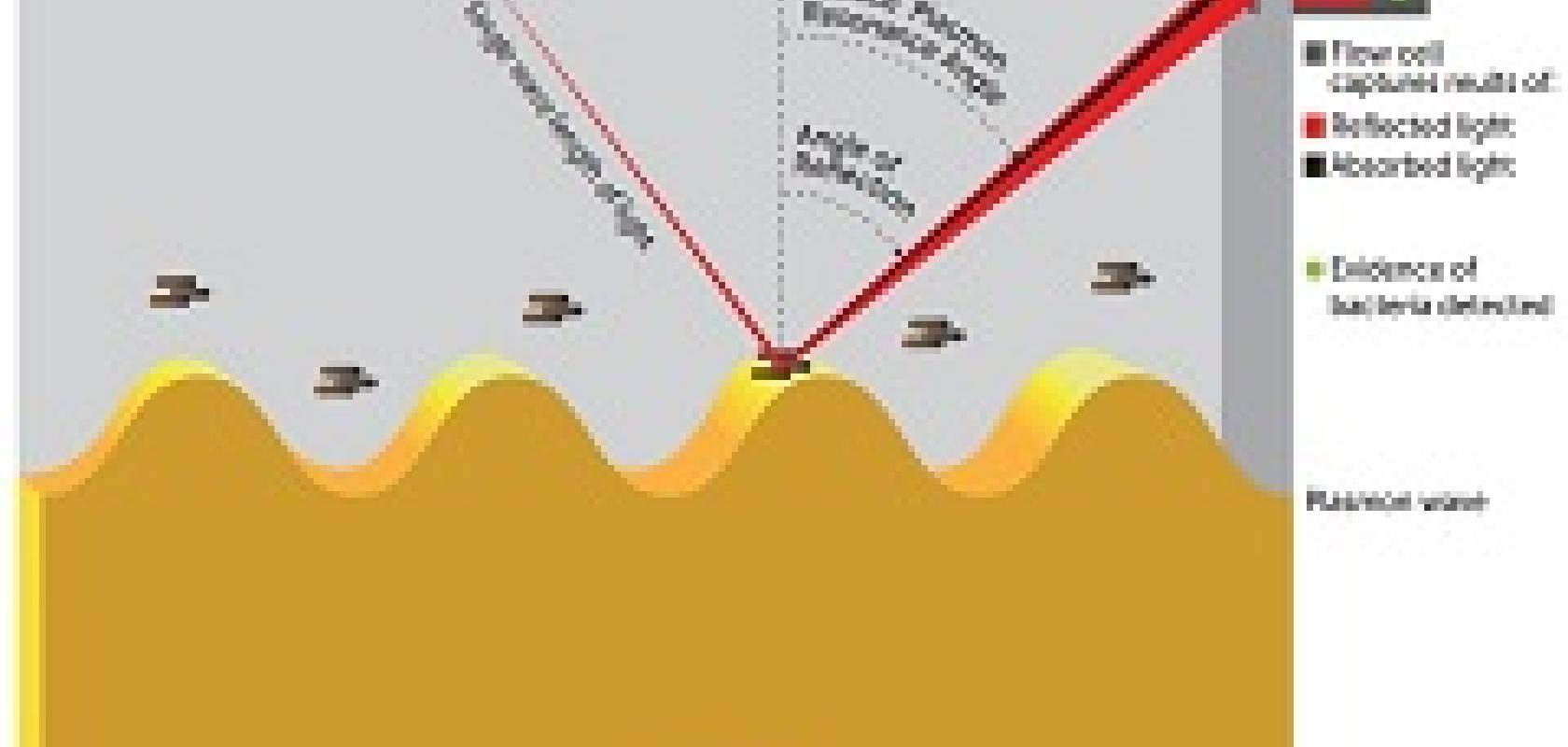A new biophotonic light sensor has been developed that can identify Legionella bacterium – the source of the fatal Legionnaire’s disease – 240 times faster than current identification methods. The pathogen detector is expected to be ready within the next three years and will dramatically reduce the risk of catching Legionnaire’s disease from air conditioning units.
Legionnaire’s Disease – a respiratory infection that can cause pneumonia, organ failure or septic shock – can be transmitted when Legionella bacteria are inhaled as droplets of fine mist after multiplying and condensing in air conditioning units. More than 100 cases are reported each week in both Europe and America, with a fatality rate of around 10 per cent.
The new scanner, called ‘plasmonic-based automated lab-on-chip sensor for the rapid in-situ detection of Legionella’ was developed by the European group Poseidon to identify Legionella bacteria in under one hour by using light, a process that normally takes 10 days of cultivation and analysis.
‘Poseidon is a first for detecting Legionella with light and provides an inexpensive, user-friendly, state of the art early warning system on an air-conditioning unit,’ stated Roberto Pierobon, scientific coordinator of Poseidon. We aim to reduce the time involved in a diagnosis from 10 days to less than one hour. In order to prevent outbreaks at critical times of the year, we should be talking about a matter of minutes, rather than days.’
The device is equipped with tiny sensors and works by using the photonics technique of Surface Plasmon Resonance (SPR), a procedure that reads information from a refracted laser beam, allowing fast, highly sensitive, inexpensive detection from a small sample without the need for ‘labelling’, the process of binding to a protein in order to be detected.
SPR occurs when polarised beams of light hit a metal film at the interface of two media. A charge density oscillation of free electrons (or ‘surface plasmons’) at the metal film occurs, reducing the intensity of reflected light. The scale of the reduction depends on the substance on the metal at the interface. Information then gathered from the reflected light can then be analysed, and a pre-programmed pathogen – such as Legionella – confirmed, resulting in an unambiguous detection of the bacteria.
The detection and investigation of viruses, bacteria and eukaryotic cells is a rapidly growing field in SPR bio sensing, but the detection has currently only been achieved in laboratory settings. ‘With our unique innovative SPR sensing architecture, Poseidon provides reliable measurement readouts of legionella bacterial cells that are driven and entrapped on a custom sensing surface specifically designed with opportune positive and negative controls,’ commented Poseidon in a press release.
Bruno Bellò, project coordinator and CEO of Clivet – a European partner in the Poseidon group – hopes to have the pathogen detectors ready within three years. ‘The exciting feature of this device is that with future development, it could be recalibrated to look for other pathogens, which would provide incredible safety options for the environmental, medical or food industries,’ Bellò said.
In early 2015 the Poseidon consortium received funding of €4,068,781 from the Photonics Public Private Partnership, via the European Commission’s H2020 programme for a three year research project. Coordinated in Italy, Poseidon is comprised of a number of European partners, including Protolab, Clivet, A.R.C (Italy), Catlab (Spain), Metrohm Applikon (Netherlands), and Uppsala University(Sweden).
Further Information:


